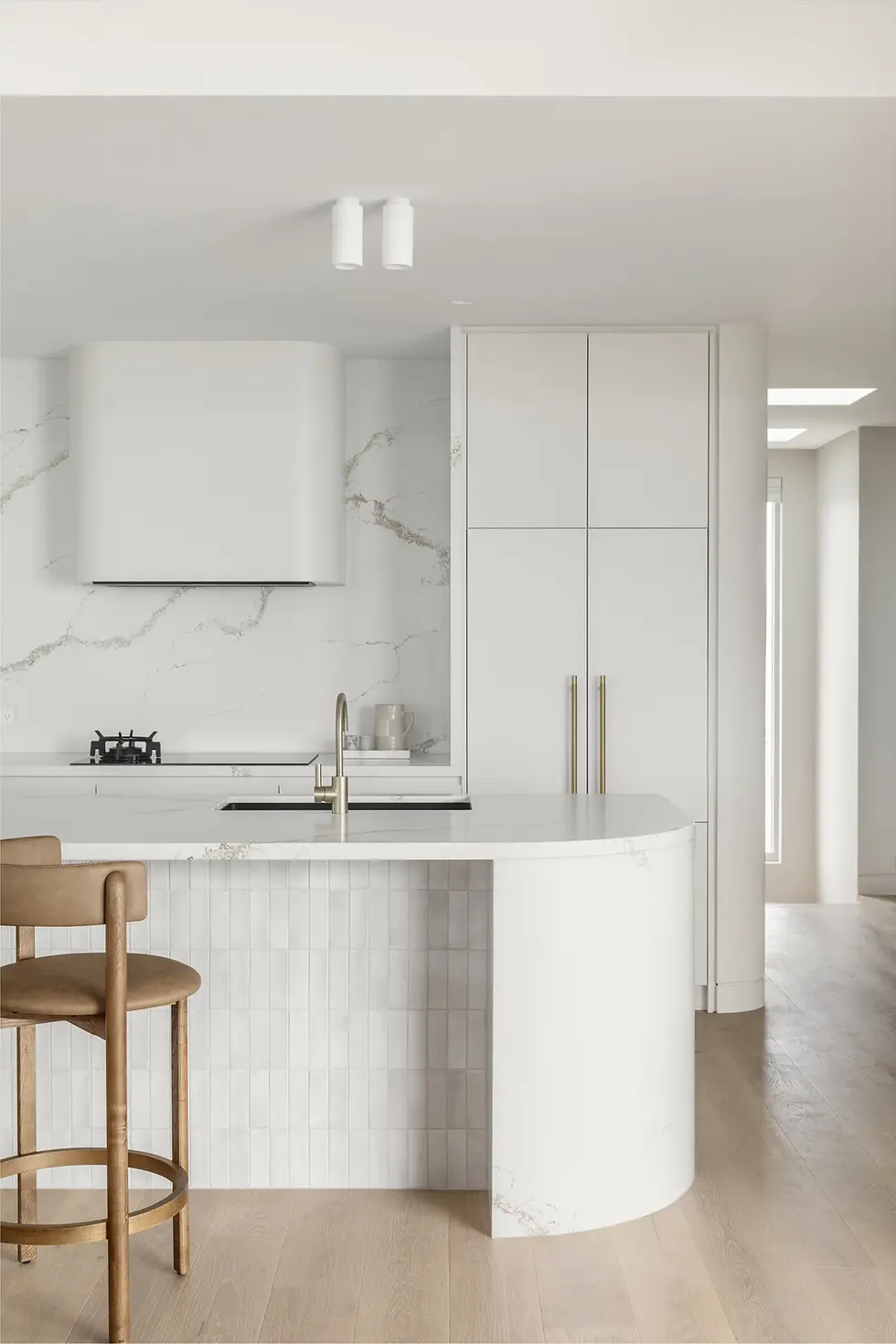Exploring the Benefits of Direct Glue Down Engineered Herringbone Flooring
- Imperial Flooring Australia

- Jun 9
- 4 min read
Selecting flooring for your home or business can be a challenge due to the wide array of options available. Among these, direct glue down engineered herringbone flooring has gained popularity for its beautiful design and practical advantages. This post examines the many benefits of this flooring option, along with some key considerations to keep in mind.
The Aesthetic Appeal of Herringbone Flooring Patterns
Herringbone flooring features a distinctive zigzag pattern that can revitalize any room. This style is both classic and sophisticated, making it suitable for various decor themes. For instance, in a contemporary space, herringbone can serve as a stunning focal point, while in traditional settings, it can enhance the overall elegance of the atmosphere.
Engineered flooring blends the natural allure of real wood with improved stability. Typically, a thin layer of hardwood is bonded onto a high-quality plywood or high-density fiberboard (HDF) core. According to industry studies, engineered wood has become a leading choice, comprising 70% of wood flooring sales due to its aesthetic advantages without the drawbacks of solid hardwood.

Durability and Stability
One significant benefit of direct glue down engineered herringbone flooring is its outstanding durability. The glue-down method securely attaches the planks to the subfloor, which greatly reduces movement and minimizes the risk of warping. This attribute is particularly valuable in locations where temperature and humidity can fluctuate, such as homes in coastal areas or regions with seasonal changes.
In contrast to solid hardwood flooring, engineered wood is far less sensitive to moisture variations. This characteristic makes it an excellent option for environments prone to dampness—like basements and kitchens—where moisture can cause swelling or gaps. Studies have shown that engineered wood can withstand up to 50% more humidity changes than traditional solid wood.
Sound Absorption
Another advantage of engineered herringbone flooring is its ability to absorb sound effectively. The density of engineered wood helps to reduce noise levels, particularly beneficial in multi-level homes or busy commercial spaces. The glued-down technique also minimizes sound transmission between planks, leading to a quieter environment. Research indicates that high-density engineered products can cut noise levels by as much as 30%, enhancing your overall living or working experience.
Easy Maintenance
Maintaining herringbone flooring is relatively simple. Regular sweeping and occasional mopping are typically enough to keep it looking pristine. Compared to carpeting, which can harbor dust and allergens, hardwood floors offer a more hygienic option. Most engineered herringbone floors come with a robust finish that resists scratches and stains. Following the manufacturer's cleaning recommendations can help your flooring maintain its beauty for many years. Many homeowners report that their engineered floors look new for over 15 years with proper care.
Installation Considerations
While direct glue down engineered herringbone flooring provides numerous benefits, installation requires careful planning. The glue-down method can be more intricate than floating or nailing down, often requiring a professional installer to ensure everything is done correctly. Herringbone Engineered Flooring can only be installed in a direct glue system.
Additionally, the subfloor needs to be dry, clean, and level for the best results. If not, homeowners might encounter issues like bubbling or uneven gaps as the flooring settles, leading to costly repairs down the line.
Cost Factors
The price of direct glue down engineered herringbone flooring can vary widely, influenced by factors such as material quality, brand, and installation costs. On average, engineered wood flooring ranges from $99 per sqm, not including installation, which can add another $80 to $100 per sqm. While this may be higher than traditional laminate options, many choose engineered wood for its long-term durability and visual appeal.
To make the best financial choice, compare costs and options from various suppliers and manufacturers to find high-quality products within your budget.
Environmental Considerations
Homeowners conscious of sustainability will find that many engineered wood products are crafted using environmentally friendly practices. Often, the core layers utilize fast-growing trees, reducing the carbon footprint associated with solid hardwood. When making decisions, look for certifications from organizations like the Forest Stewardship Council (FSC), indicating responsible sourcing.
Choosing the Right Finish
The finish you choose for your engineered herringbone flooring can significantly affect both its look and maintenance requirements. Glossy finishes create a modern feel but might show dirt and scratches more easily. On the other hand, matte or satin finishes offer a more traditional appearance and are often better at concealing minor imperfections.
Whichever finish you select, consider how it will fit with your overall design and lifestyle. Ensuring compatibility with furniture and decor can enhance the cohesiveness of your space.
Final Thoughts
Direct glue down engineered herringbone flooring is a stylish and practical choice for various settings. Its attractiveness, combined with strength and low maintenance requirements, makes it a great option for homes and businesses alike.
However, be sure to factor in installation challenges, costs, and environmental impacts as you make your decision. Considering these elements will help you enjoy the timeless beauty and functionality of herringbone flooring for years to come.
Always consult with professionals to ensure you choose the most suitable options for your needs and budget.




Comments